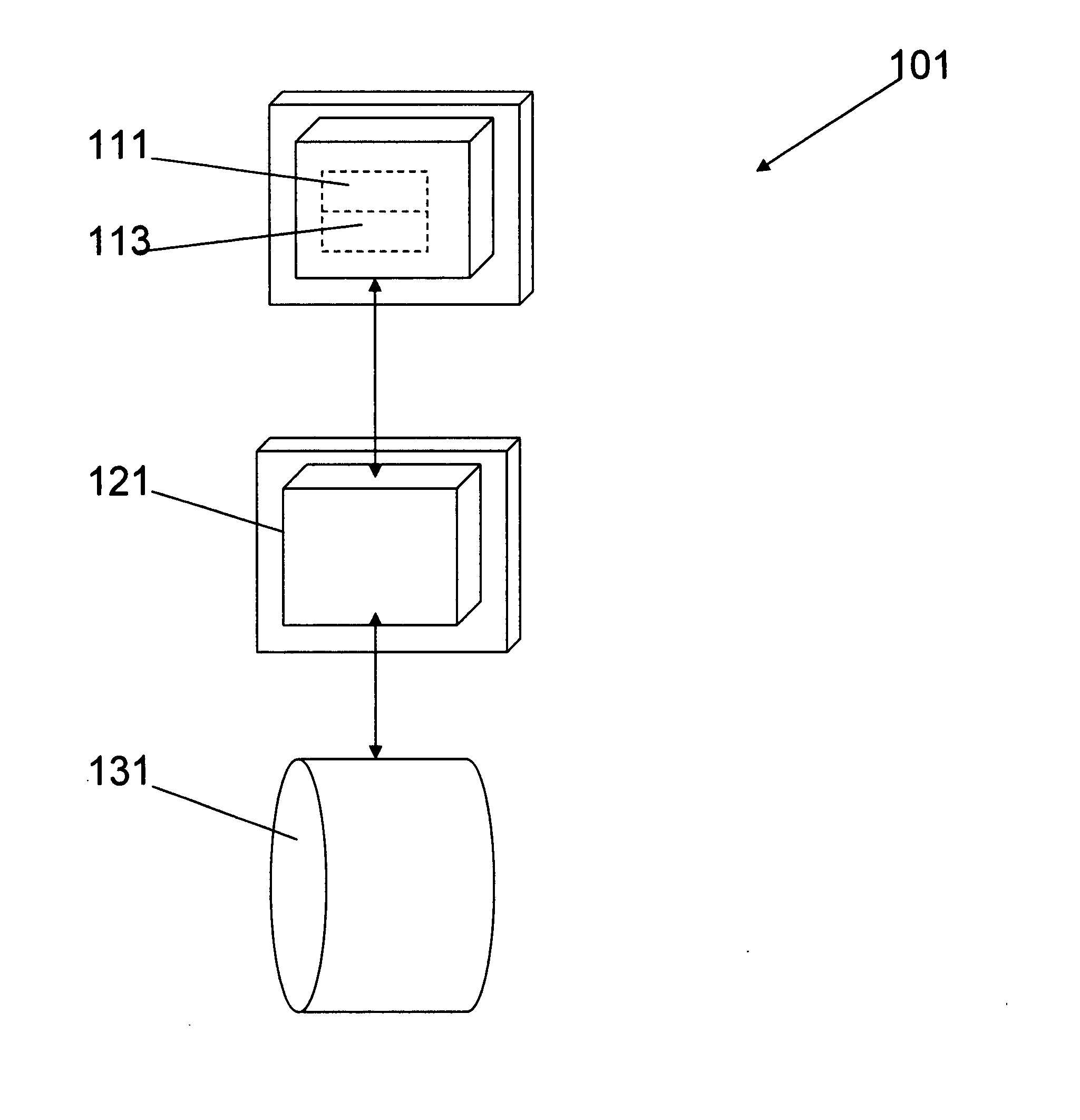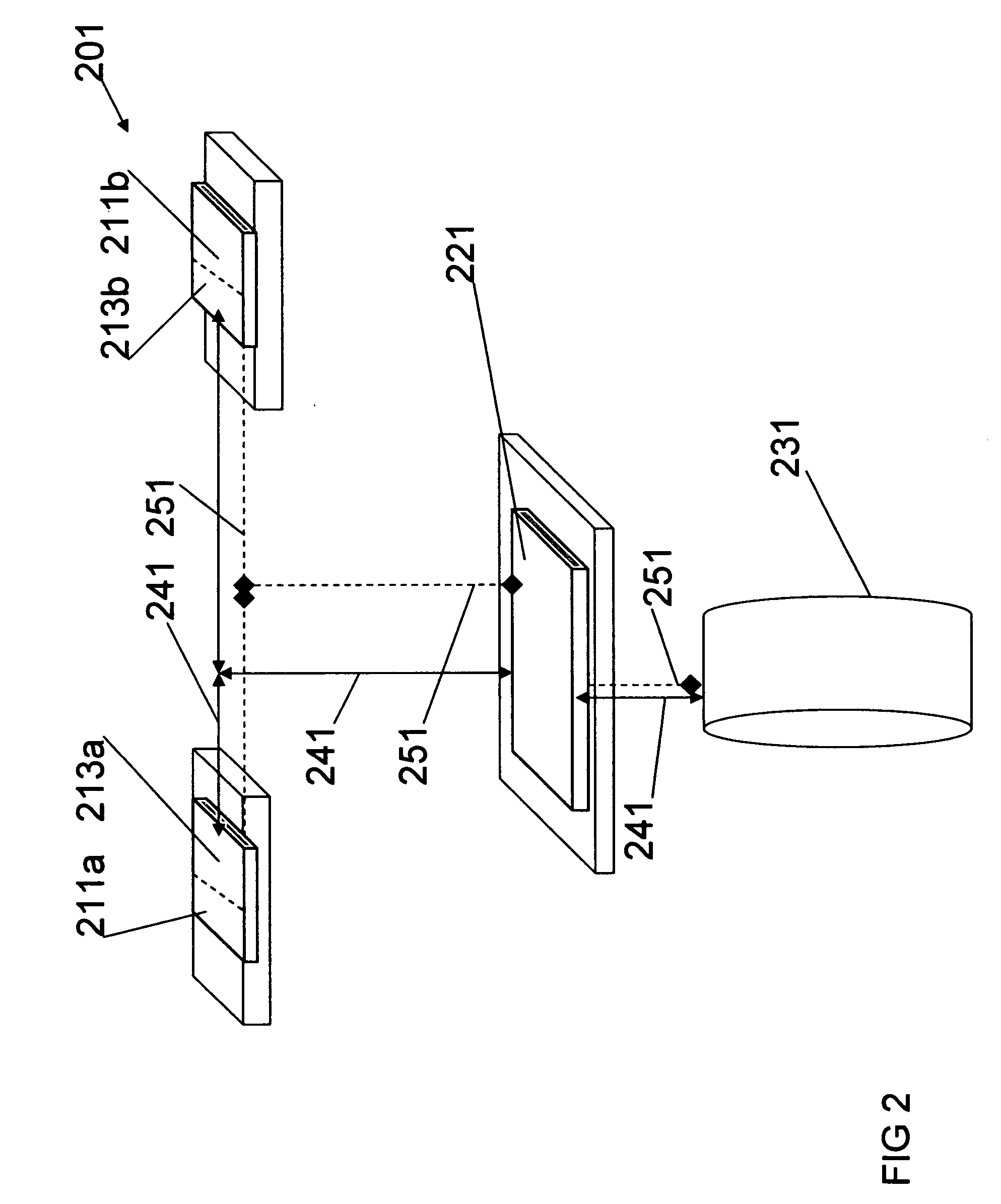Disowning cache entries on aging out of the entry
- Summary
- Abstract
- Description
- Claims
- Application Information
AI Technical Summary
Benefits of technology
Problems solved by technology
Method used
Image
Examples
Embodiment Construction
[0014] Caching where portions of data are stored in slower main memory and are transferred to faster memory between one or more processors and the main memory. The cache is such that an individual cache system must communicate to other associated cache systems, or check with such cache systems, to determine if they contain a copy of a given cached location prior to or upon modification or appropriation of data at a given cached location. The cache further includes provisions for determining when the data stored in a particular memory location may be replaced.
[0015] As described herein, when an exclusive line ages out of an L1 cache, the L1 sends a signal to the L2 cache, indicating that the line no longer exists in the L1 cache. This causes the L2 cache to be updated to indicate that the line is “disowned.” That is, the ownership is changed from the particular processor to “unowned.”
[0016] By way of background, despite improvements in technology, microprocessors are still much fast...
PUM
 Login to View More
Login to View More Abstract
Description
Claims
Application Information
 Login to View More
Login to View More - R&D
- Intellectual Property
- Life Sciences
- Materials
- Tech Scout
- Unparalleled Data Quality
- Higher Quality Content
- 60% Fewer Hallucinations
Browse by: Latest US Patents, China's latest patents, Technical Efficacy Thesaurus, Application Domain, Technology Topic, Popular Technical Reports.
© 2025 PatSnap. All rights reserved.Legal|Privacy policy|Modern Slavery Act Transparency Statement|Sitemap|About US| Contact US: help@patsnap.com



